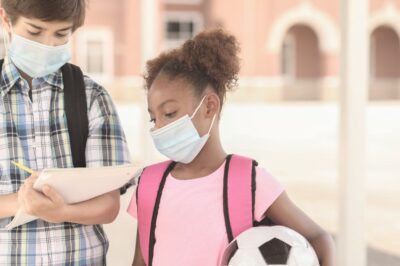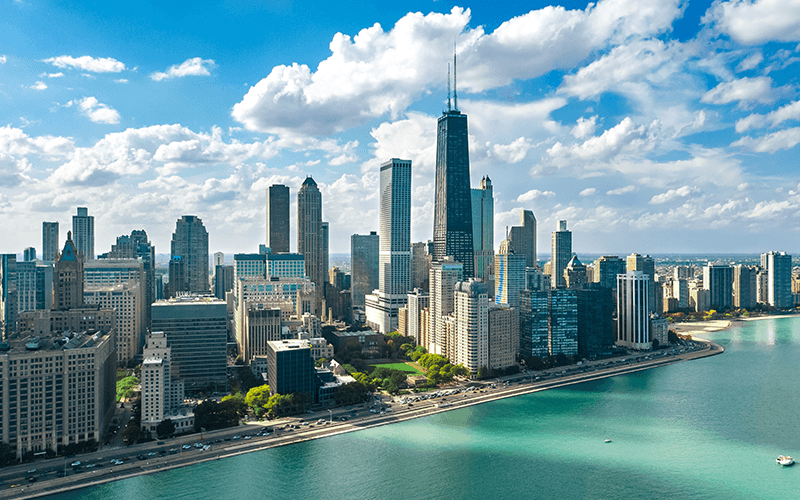A home warranty can be a great way to help defray unexpected costs and protect your new investment as a homeowner. But it’s important to clearly understand a home warranty’s function and what it typically covers. Make sure you have the best protection for your new house, particularly if this is your first home purchase. Use this guide to help you understand the scope of a home warranty and ten surprising things that might not be covered.
What is a home warranty?
A home warranty is different from homeowners insurance, and it can help pay for those unexpected things that may come up after the purchase of a home. Homes, like most things, are subject to regular wear and tear over time. Unfortunately, household problems can quickly add up to large expenses that can’t be put off.
This is where a home warranty can make a big difference. Unlike what home insurance covers, home warranties cover the systems and appliances in your home—like plumbing or air conditioning—rather than the structure or your personal possessions. You can think of a home warranty as system and appliance insurance that helps provide new homeowners extra peace of mind, particularly if you purchase a home that is several years old.
What items aren’t covered by a home warranty?
Home warranties don’t usually cover problems that are discovered during a home inspection or that resulted from improper maintenance. In addition to these factors, there are several uncovered items that may surprise you. Before taking out a home warranty, pay attention to these ten things that might not be included.
1. Washer, dryer, and fridge
Even though home warranties provide some coverage for household appliances, washers, dryers, and refrigerators are often excluded from standard home warranty contracts. Read the fine print and make sure these appliances are part of your warranty if you have concerns about them giving out. In most cases, you can add on enhanced coverage to include these appliances if they aren’t part of your standard home warranty.
2. Garage doors and tracks
Garage door openers may be covered in a typical home warranty, but the garage door and track are not usually included. As you would with washers and dryers, you should double check your home warranty to make sure the garage door opener is included. However, if you are concerned about the garage door or simply want to replace it for aesthetic reasons, look to your homeowners insurance or plan to pay out of pocket.
3. HVAC system
Although home warranties are a type of system insurance, central air conditioning and heating units aren’t always part of standard warranties. It is becoming more common to include these systems, but make sure you are on the safe side. Also watch out for secondary AC or heating units. Even if your home warranty covers the main HVAC system, secondary units are almost always excluded.
4. Windows, walls, and doors
Because home warranties apply to systems and appliances, structural problems aren’t usually covered. Some contracts may allow for repairs to windows that threaten the integrity of the rest of your home, but window and door issues usually fall under homeowners insurance.
5. Roof leaks
When unwanted water is coming into your home, it seems like something that should be covered under the plumbing portion of your home warranty. However, leaks from roof problems aren’t usually related to the plumbing and are therefore considered structural—not systemic—issues. The good news is that even though this might not be covered under your home warranty, it should be included in your homeowners insurance policy.
6. Sprinkler systems
Outdoor plumbing—including sprinklers, faucets, and valves—is most likely excluded from a home warranty. While these systems contribute to the curb appeal of your home, they aren’t part of its internal systems. A problem with sprinklers rarely threatens the integrity of your home, which may be why home warranties almost always leave out outdoor plumbing.
7. Hot tubs and pools
Similar to outdoor sprinkler systems, hot tubs, spas, and pools are not usually included in home warranties. However, you may be able to find a provider that will let you add on extra coverage to address typical wear-and-tear issues that arise on these fun home amenities.
8. Septic systems
This one can be a big shock, especially because toilets and plumbing are usually standard for a home warranty. Once again, we’re dealing with systems that are technically outside the home, which makes septic tanks and systems common exclusions for home warranties. If your home uses a septic system, be sure it’s included as part of any home warranty you accept or purchase.
9. Preexisting conditions
This was alluded to above, but deserves another mention. Any problem that was identified during a home inspection is considered preexisting and will not be covered in a home warranty. Likewise, if a problem is determined to have been caused by improper maintenance, your home warranty will not cover it. Most companies will request a copy of your home inspection before paying out a home warranty claim, so be sure to negotiate repairs or replacements of preexisting problems as part of your offer before you close on your home.
10. Your preferred service provider
A home warranty can help you defray the costs of plumbing repairs or a stove replacement, but not all policies allow you to choose your favorite contractor or plumber. If you want control over who does work in your home, verify that you can select your own service provider under the terms of your home warranty.
Buying a new home is exciting, and you don’t want to worry about potential problems while you’re dealing with a move. A home warranty can be a great way to give you security and help with unexpected systemic and appliance issues. Just be sure you know what you’re getting into before purchasing a home warranty—and don’t be stingy with your new knowledge. Share this guide with friends and family who are also considering a home warranty for the next place they call home.
The post 10 Surprising Things NOT Covered by Your Home Warranty appeared first on SafeWise.
Article source here: 10 Surprising Things NOT Covered by Your Home Warranty





